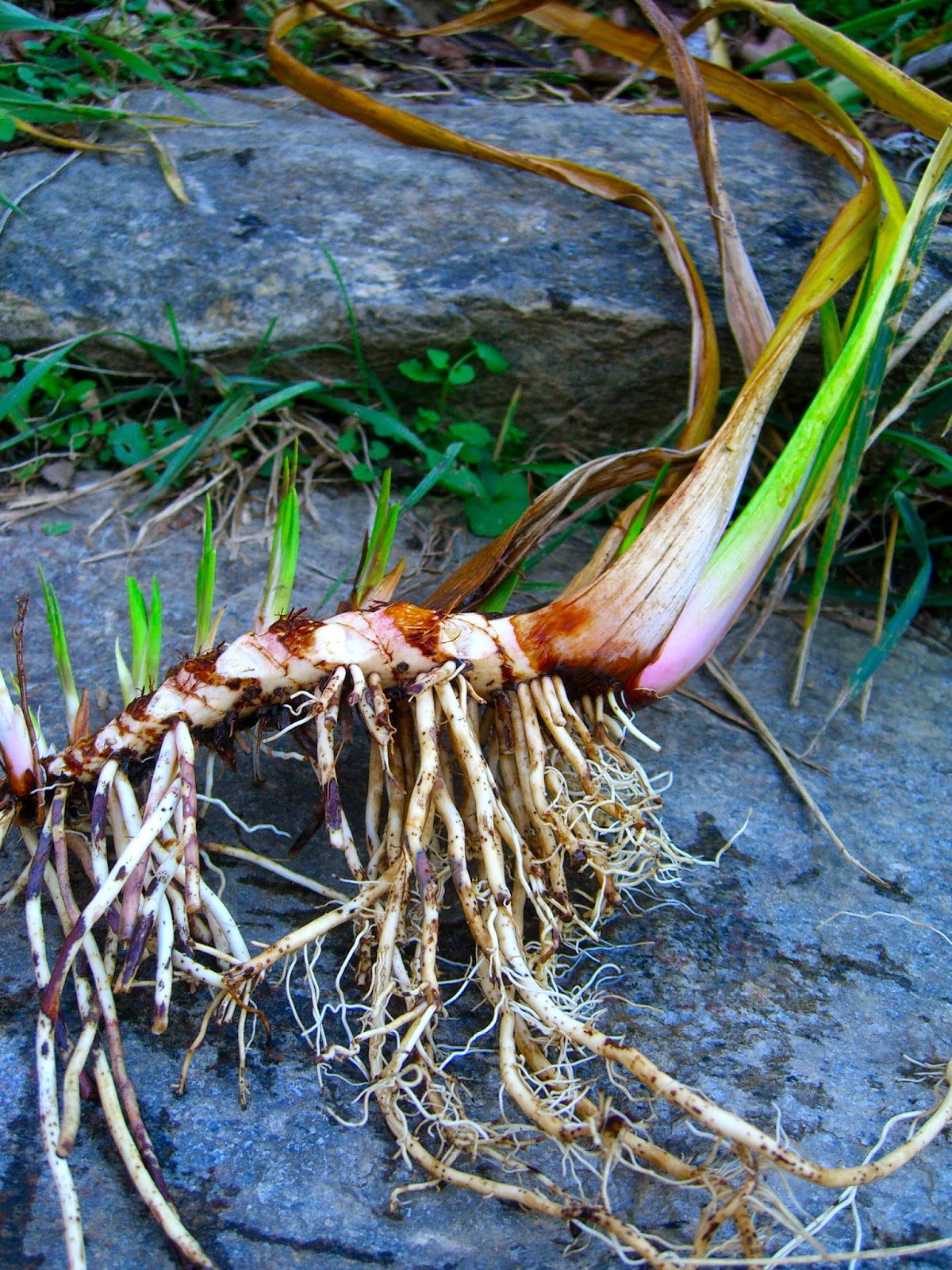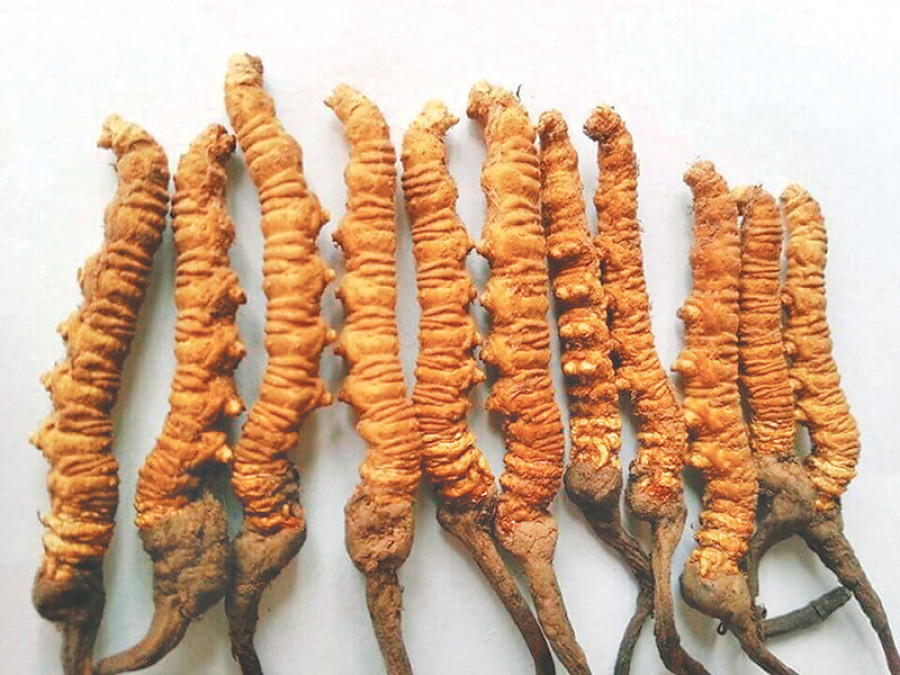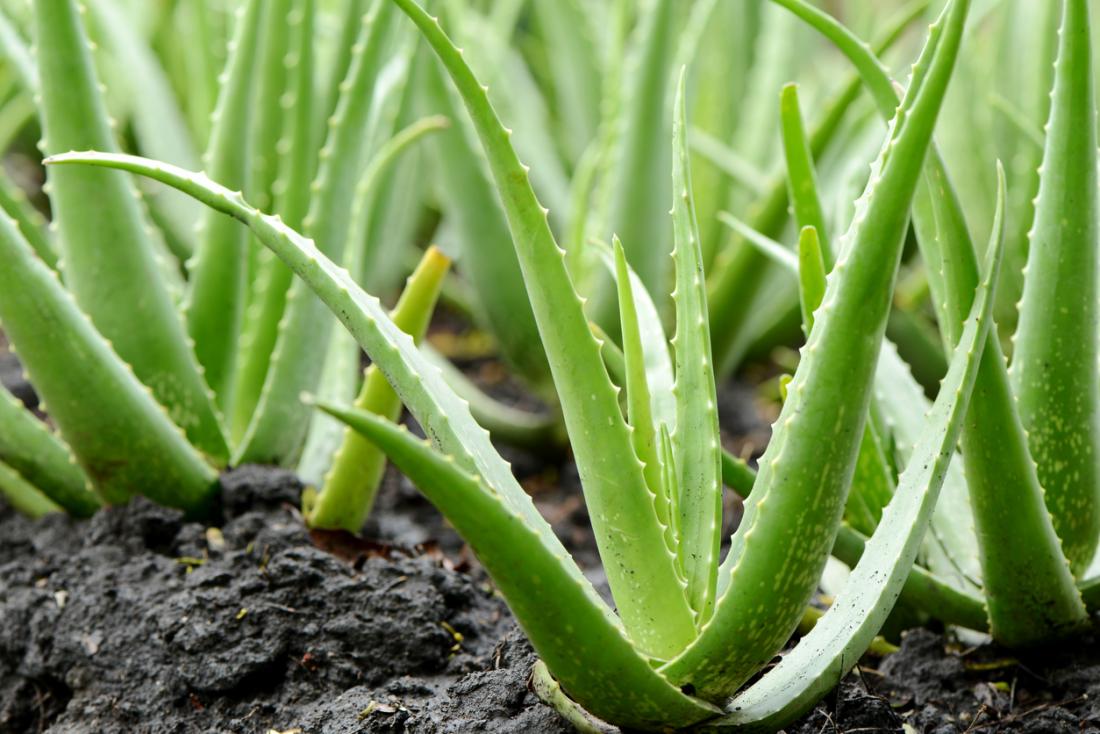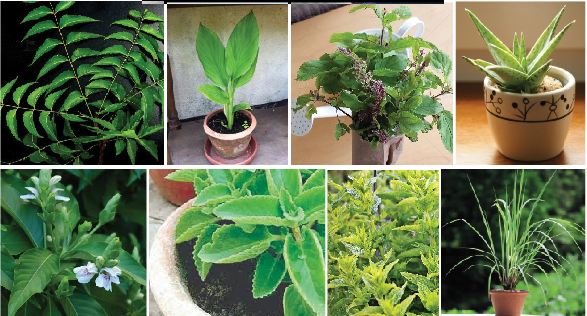Medicinal Plants Found in Nepal
Subject: Science

Overview
This chapter discusses the medicinal plants in Nepal, including Holy Basil, Neem, Heart-leaved Moonseed, Asiatic Pennywort, and Turmeric. Holy Basil is a versatile herb found worldwide, known for its oxygen-generating properties and antimicrobial properties. Neem is used in Ayurvedic medicines and is known for its skin health benefits and blood purification. Heart-leaved Moonseed strengthens immunity and prevents infections. Asiatic Pennywort is a perennial herb with antioxidant and antibacterial properties, and is used in cold remedies and skin care products. Turmeric, a perennial herb with yellow curcumin, has antimicrobial properties, antibacterial properties, and antimicrobial properties. Malaber nut has therapeutic uses due to its compounds like hydroxyl vasicine and vasicinone. Calamus, an upright herb with fragrant foliage, is used in traditional medicine for throat and digestive issues. Yarsagumba, a caterpillar fungus, is used in Ayurveda for its medicinal properties. Mugwort, a medicinal plant in Nepal, is used for fragrances, cosmetics, and insecticides. Aloe vera, also known as "SANJIVANI" in Ayurveda, contains vitamins A and C and is used to treat skin, bone, joint, and stomach issues. These plants are essential for maintaining healthy skin and hair.
The plants seen above are frequently used as natural treatments for a range of illnesses. These plants' various components are utilized as raw materials to create a variety of medications. Thus, they are often referred to as medicinal plants. Common medicinal plants found in different parts of Nepal include neem, the aloe vera plant (GHIU KUMARI), holy basil (TULSI), malabar nut (ASURO), Asiatic pennywort (GHOD TAPRE), and holy basil. Over 700 plant species have been classified as having medicinal properties and are utilized as medicine in Nepal, according to the Department of Plant Resources. Over 7,000 blooming plants are present in Nepal. The Karnali district area has been shown to have the greatest concentration of medicinal plants. More investigation and learning are required on how to properly use these plants, regulate their markets, make sustainable use of them, and make use of our inherited knowledge and abilities.
Some of the well-known medicinal plants in Nepal are discussed in this chapter:
Holy Basil (Tulsi)
Ocimum sanctum is the scientific name for holy basil. This versatile medicinal herb can be found all over the world. From a theological perspective, it is significant and generates more oxygen.  In order to make up for the lack of oxygen, it is customary for those who are nearing the end of their lives to be kept close to this plant. Many different meals utilize it as a spice, while it is also used as tea. Every component of the plant, such as the leaf, stalk, flower, root, and seeds, has significance.These components have medicinal uses. Eating it increases appetite and facilitates efficient and active digestion. The plant is used to eliminate dangerous bacteria that threaten both humans and animals since it also has antimicrobial qualities. It may be used for a number of things, including gargling, water purification, and disinfection. Its leaves are cooked in water and taken in rural regions for infections, colds, and throat discomfort.
In order to make up for the lack of oxygen, it is customary for those who are nearing the end of their lives to be kept close to this plant. Many different meals utilize it as a spice, while it is also used as tea. Every component of the plant, such as the leaf, stalk, flower, root, and seeds, has significance.These components have medicinal uses. Eating it increases appetite and facilitates efficient and active digestion. The plant is used to eliminate dangerous bacteria that threaten both humans and animals since it also has antimicrobial qualities. It may be used for a number of things, including gargling, water purification, and disinfection. Its leaves are cooked in water and taken in rural regions for infections, colds, and throat discomfort.
Neem
Azadirachta indica is the scientific name of neem.  The structure of the tree is really tall. Its whole structure, including the leaves, stem, root, flower, and fruit, is utilized to create a range of Ayurvedic medicines.Its components have a highly unpleasant taste; however, neem juice is excellent for health issues involving the skin.
The structure of the tree is really tall. Its whole structure, including the leaves, stem, root, flower, and fruit, is utilized to create a range of Ayurvedic medicines.Its components have a highly unpleasant taste; however, neem juice is excellent for health issues involving the skin.
It is also known to be a natural purifier of blood, destroying and reducing bad cholesterol in the body. To minimize high blood pressure, neem juice is consumed. But excessive consumption may lead to extreme low blood pressure and complications.
Heart-leaved Moonseed (Gurjo)
 Tinospora cordifolia is the scientific name for heart-leaved moonseed. It may be found in the majority of Nepal's forests and nurseries. It's also a climbing shurb. It may be multiplied from the stem and grow by using other plants as support. It may be found in Nepal, ranging from the Terai area to the Himalayan region. It strengthens the body's immunity. Thus, it aids in the prevention of infections. It is a versatile medicinal herb with antioxidant qualities. When consumed in moderation, it has no harmful effects on the body; nevertheless, when consumed in excess, it lowers blood sugar levels.
Tinospora cordifolia is the scientific name for heart-leaved moonseed. It may be found in the majority of Nepal's forests and nurseries. It's also a climbing shurb. It may be multiplied from the stem and grow by using other plants as support. It may be found in Nepal, ranging from the Terai area to the Himalayan region. It strengthens the body's immunity. Thus, it aids in the prevention of infections. It is a versatile medicinal herb with antioxidant qualities. When consumed in moderation, it has no harmful effects on the body; nevertheless, when consumed in excess, it lowers blood sugar levels.
Asiatic Pennywort (Ghod tapre)
Centella asiatica is the scientific name for asiatic pennywort. It may be found in tropical regions. The plant is herbaceous. This perennial plant, which may thrive for more than two years, has a faintly pleasant scent.  It crawls along the ground and is most noticeable in gloomy, marshy areas such as paddy fields, stream banks, etc., where it spreads out like a green carpet. Its components can all be utilized medicinally.
It crawls along the ground and is most noticeable in gloomy, marshy areas such as paddy fields, stream banks, etc., where it spreads out like a green carpet. Its components can all be utilized medicinally.
It also has antioxidant and antibacterial qualities. Its neuroprotective properties make it advantageous to consume. Regular intake improves memory and mental function. It has a formula that reduces stress. When consumed, it alleviates depression and nervousness.This plant has been used as a standard cold remedy since ancient times. To treat burns and wounds, the fresh flower is crushed and turned into a paste. Its paste is said to be able to cure skin-related issues. It serves as a raw ingredient in many different medications. In a similar vein, Ghod Tapre is utilized in the production of skin care products like skin toner.
Turmeric
Curcuma longa is the scientific name for turmeric. This herb also grows as a perennial. It has developed an underground rhizome from its stem. Curcumin, an organic substance, is the cause of its yellow color. The presence of curcumin in this plant gives it medicinal properties.  Additionally, turmeric is a rich source of vitamins A, B, B2, and C.It also contains other minerals, including iron, phosphorus, and calcium. Anti-microbial properties are present in turmeric. In addition to adding flavor and appeal to our meals, it eliminates dangerous microbes that are present in them. Turmeric improves our body's immunity when consumed.In Nepal, it has been growing since prehistoric times. In addition to treating scabies, leprosy, and other conditions, it aids in the breakdown of poisons within the body. Turmeric helps prevent heart-related illnesses, respiratory diseases, etc. It is a natural dye that may be used to color a variety of materials in addition to being used to produce cosmetics.
Additionally, turmeric is a rich source of vitamins A, B, B2, and C.It also contains other minerals, including iron, phosphorus, and calcium. Anti-microbial properties are present in turmeric. In addition to adding flavor and appeal to our meals, it eliminates dangerous microbes that are present in them. Turmeric improves our body's immunity when consumed.In Nepal, it has been growing since prehistoric times. In addition to treating scabies, leprosy, and other conditions, it aids in the breakdown of poisons within the body. Turmeric helps prevent heart-related illnesses, respiratory diseases, etc. It is a natural dye that may be used to color a variety of materials in addition to being used to produce cosmetics.
Malaber Nut (Asuro)
 Malaber nut is known scientifically as Adhatoda vasica. This shrub grows to a modest size. It may be found in the Mahabharata and Chure mountain ranges. This herb has several therapeutic uses. It contains substances such as hydroxyl vasicine, vasicinone, and vasicine. It is used to treat respiratory conditions because of these compounds. When boiling malabar nut leaves in water, the resulting mixture is used as a gargle to cure gum disease and toothaches. This plant has microbiological properties, which means that eating it can help prevent a number of illnesses. Its flower is used as a medication to treat urinary tract burning sensations. It can also be added to tea to relieve typical cold symptoms. The flower and leaf juice have the ability to open up respiratory passages and remove mucus from the lungs and respiratory system. In fields, it is chopped down to create manure.
Malaber nut is known scientifically as Adhatoda vasica. This shrub grows to a modest size. It may be found in the Mahabharata and Chure mountain ranges. This herb has several therapeutic uses. It contains substances such as hydroxyl vasicine, vasicinone, and vasicine. It is used to treat respiratory conditions because of these compounds. When boiling malabar nut leaves in water, the resulting mixture is used as a gargle to cure gum disease and toothaches. This plant has microbiological properties, which means that eating it can help prevent a number of illnesses. Its flower is used as a medication to treat urinary tract burning sensations. It can also be added to tea to relieve typical cold symptoms. The flower and leaf juice have the ability to open up respiratory passages and remove mucus from the lungs and respiratory system. In fields, it is chopped down to create manure.
Calamus (Bojo)
Acorus calamus is the scientific name for calamus.  It's an upright herb with fragrant foliage. It thrives in marshy areas and around ditches, ponds, and other waterways. It develops quickly on its own, without human attention. Its modified root-like structure is termed a rhizome, and its sword-shaped leaves are another characteristic. Rhizomes are utilized in conventional medicine. For illnesses of the throat, it is helpful. It is used to cure digestive problems and reduce discomfort. However, using it too much makes your nose bleed.
It's an upright herb with fragrant foliage. It thrives in marshy areas and around ditches, ponds, and other waterways. It develops quickly on its own, without human attention. Its modified root-like structure is termed a rhizome, and its sword-shaped leaves are another characteristic. Rhizomes are utilized in conventional medicine. For illnesses of the throat, it is helpful. It is used to cure digestive problems and reduce discomfort. However, using it too much makes your nose bleed.
Caterpiller Fungus (Yarsagumba or Yarchagumba)
Cordyceps sinensis is the scientific name of the caterpillar fungus. Yarsagumba is located in the snow-covered plains between 3000 and 5000 meters above sea level. It is a long, 5-8 cm-long fungus with a white or brown color that develops on caterpillar bodies. Yarsagumba is classified as a fungus.  It uses spores to replicate. Spores from the ancient yarsagumba on the ground dispersed throughout the atmosphere. These spores stick to the body of a particular kind of butterfly caterpillar. This larva's body is where the spores germinate. Then, in quest of nourishment, the hyphae of this fungus spread throughout the larva's body. The caterpillar can move for a while, but when the hyphae expand widely throughout the larva's body, they eventually become relaxed. The larva eventually perishes beneath the earth. After that, the fungus develops thanks to the nutrients it gets from the caterpillar's dead corpse. As a result, yarsagumba is divided into two parts: a caterpillar is found below and a fungus grows above. Yarsagumba appears to be an insect with a fully grown fungus throughout the winter. The dead bug is fully mummified by the fungus during the rainy season, when the snow melts. There are no stems, roots, leaves, flowers, or fruits on this fungus. In Ayurveda, it is used to make medicines. When combined with milk or honey, it increases energy levels. It is scarce, and the government forbids its export, sale, usage, or collecting.
It uses spores to replicate. Spores from the ancient yarsagumba on the ground dispersed throughout the atmosphere. These spores stick to the body of a particular kind of butterfly caterpillar. This larva's body is where the spores germinate. Then, in quest of nourishment, the hyphae of this fungus spread throughout the larva's body. The caterpillar can move for a while, but when the hyphae expand widely throughout the larva's body, they eventually become relaxed. The larva eventually perishes beneath the earth. After that, the fungus develops thanks to the nutrients it gets from the caterpillar's dead corpse. As a result, yarsagumba is divided into two parts: a caterpillar is found below and a fungus grows above. Yarsagumba appears to be an insect with a fully grown fungus throughout the winter. The dead bug is fully mummified by the fungus during the rainy season, when the snow melts. There are no stems, roots, leaves, flowers, or fruits on this fungus. In Ayurveda, it is used to make medicines. When combined with milk or honey, it increases energy levels. It is scarce, and the government forbids its export, sale, usage, or collecting.
Mugwort (Tite paati)
This herbaceous plant is classified as a medicinal plant. It is located in the mid-hilly area of Nepal and is known by its scientific name, Artemisia vulgaris. This plant is used to make a variety of fragrances, cosmetics, and organic insecticides. This plant grows pretty much everywhere. Farmers also use it as grass, which they dry out and use to make cow bedding (litter). These days, this plant is used to extract perfumed oil.
Aloe Vera (Ghiu Kumari)
Aloe vera is the scientific name for ghiu kumari. It usually develops in arid environments. It has thick, meaty, and pointed leaves. This plant stores water and nutrients in its leaves, where the water condenses into a gel-like substance.  This gel is used to treat a variety of illnesses. Ghiu Kumari is also referred to as "SANJIVANI" in Ayurveda. Aloe vera contains large amounts of the vitamins A and C that humans need. Aloe vera juice can help with skin, bone, joint, and stomach issues when taken regularly. When its gel is applied topically, it helps prevent sunburn and skin breaking while also hydrating and enhancing the appearance of the skin. It prevents dandruff, acne, and other skin conditions from developing. Its gel for hair strengthens the roots and adds a lustrous shine. When applied, a burn's healing rate is accelerated.
This gel is used to treat a variety of illnesses. Ghiu Kumari is also referred to as "SANJIVANI" in Ayurveda. Aloe vera contains large amounts of the vitamins A and C that humans need. Aloe vera juice can help with skin, bone, joint, and stomach issues when taken regularly. When its gel is applied topically, it helps prevent sunburn and skin breaking while also hydrating and enhancing the appearance of the skin. It prevents dandruff, acne, and other skin conditions from developing. Its gel for hair strengthens the roots and adds a lustrous shine. When applied, a burn's healing rate is accelerated.
Things to remember
- Some of the medicinal plants in Nepal include Holy Basil, Neem, Heart-Leaved Moonseed, Asiatic Pennywort, and Turmeric.
- Holy basil is a versatile herb found worldwide, known for its oxygen-generating properties and antimicrobial properties.
- Neem is used in Ayurvedic medicines and is known for its skin health benefits and blood purification.
- Heart-leaved Moonseed strengthens immunity and prevents infections.
- Asiatic pennywort is a perennial herb with antioxidant and antibacterial properties and is used in cold remedies and skin care products.
- Turmeric, a perennial herb with yellow curcumin, has antimicrobial properties, antibacterial properties, and antimicrobial properties.
- Malaber nut has therapeutic uses due to its compounds like hydroxyl vasicine and vasicinone.
- Calamus, an upright herb with fragrant foliage, is used in traditional medicine for throat and digestive issues.
- Yarsagumba, a caterpillar fungus, is used in Ayurveda for its medicinal properties.
- Mugwort, a medicinal plant in Nepal, is used for fragrances, cosmetics, and insecticides.
- Aloe vera, also known as "SANJIVANI" in Ayurveda, contains vitamins A and C and is used to treat skin, bone, joint, and stomach issues.
© 2021 Saralmind. All Rights Reserved.


 Login with google
Login with google